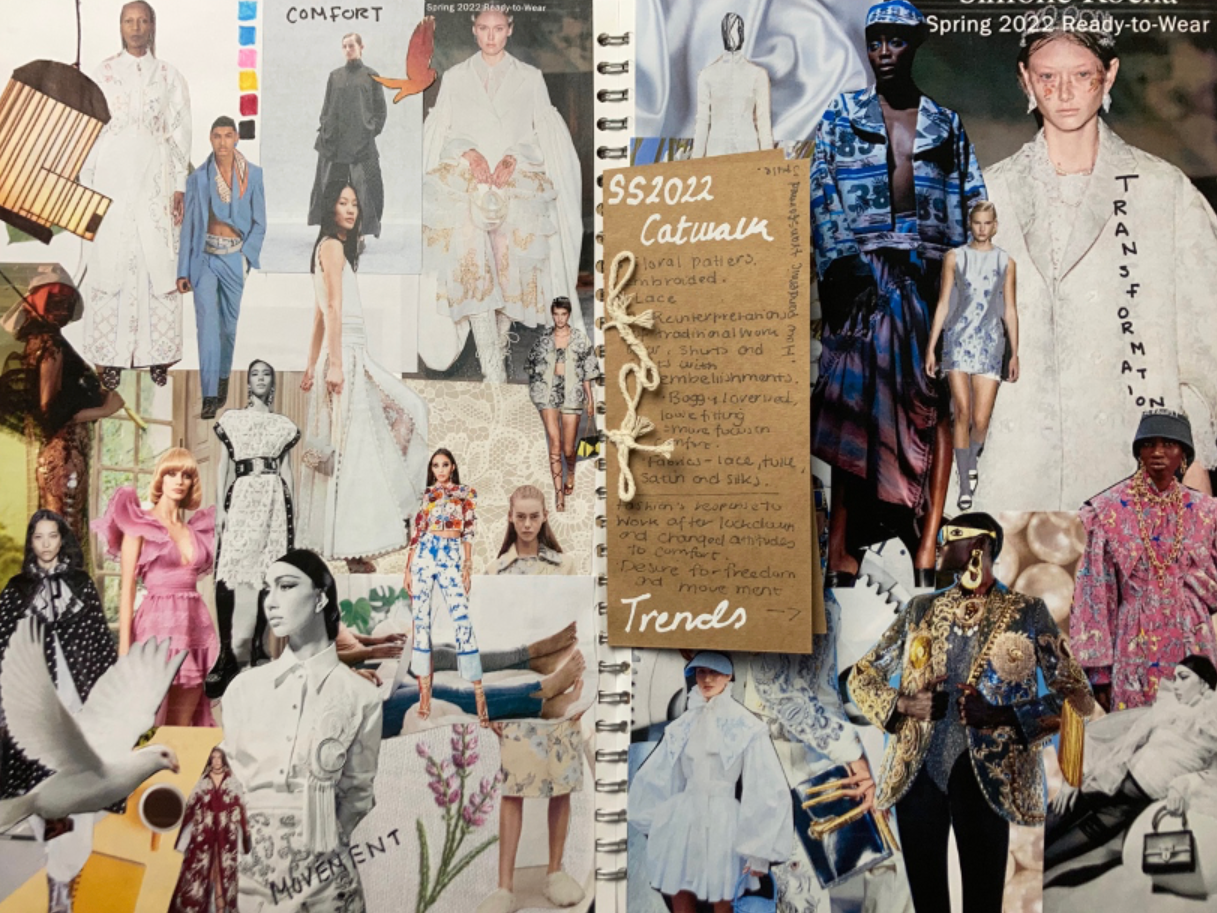I bet you’ve heard this one. What comes first, the chicken or the egg?
How about what’s more important in making a character believable, acting or costume?
There’s an argument for both. Of course, shoddy acting gets you nowhere - and that’s without the cringe factor - but the importance of costume to the credibility and as an agent of identity for characters cannot be underestimated. Without that tailored suit and five figure designer watch, Harvey Spector might as well be the well-spoken bloke from across the street. He could be anybody and nobody at the same time, because no self-respecting lawyer would leave the house without their pinstriped armour. The same can be said with a concept like Sons of Anarchy which relies on costume in a different way. This modern depiction of an age-old way of life follows a long haired, tattoo loving crew who rely on their jackets as a vessel for not only identifying with their group, but creating an individual identity within it. Their patches give the audience a taste of them as people outside the organisation. It shows their status, how many miles they’ve done which translates to their personal qualities, how dedicated they are, their interests, and ambitions. It’s as much a part of their identity as their own skin.
However, one of the most iconic examples which highlights the power of costume is Killing Eve. The fashion is mesmerising and gives away the mood of both Villanelle, and the scene all before Comer even opens her mouth. The three seasons have seen three different costume designers, including Sam Perry, Charlotte Mitchell and Phoebe De Gaye. However, the behind-the-scenes transitions have done nothing to the one-of-a-kind on-screen concept. Being a keen movie goer myself, I find that it’s rare to see a show put so much into the styling of its cast, yet never mention a brand by name throughout its entire thirty-something episodes. This is despite some of the outfits being instantly recognisable. (The crocs in season two) and even outlandish Villanelle is repulsed at the sight of them.
The character of Villanelle is supposed to enjoy the finer things in life. Put it better she’s materialistic and later we see that it’s largely to do with the fact that she doesn’t have much in the way of family or friends. Clothes are all that she has. This is key to why she has such an eccentric wardrobe, because without realising it when we interact with others, exchanging ideas, feelings and so on, what we are wearing and whether or not it matches colour of our socks takes a backseat for the most part. We don’t feel the need to scream what we think and draw as much attention through our clothes because we explore our vulnerabilities in other ways.
For someone like Villanelle on the other hand, who’s one night stands leave as soon as they regain consciousness, the only way she can get people to see her is to display her thoughts in a way no one can ignore them. The two ways her character does this is by acting out. Check. And by dressing it. Check again.
Comer's character is conflicted and vulnerable. Almost childlike. Take the smocked pink dress by Molly Goddard in season one. Childhood dress-up comes to mind on one hand, and the leather boots equal rebellion on the other. Put the two together you have someone who rebels because they can’t process their feelings. It’s sort of her psychology written all over her body.
Another example of her loneliness like that of an abandoned child is when she is in the toy shop with all the stuffed animals. She wears an oversized grey suit jacket, baggy trousers, and Dr Martins. An outfit too big for her body, and in that setting completely out of place. Once again it's like a child dressing up with their parents’ clothes and winding back to their toy chest. We see this once again after her trip from Russia, where she winds up in Konstantin's bed wearing a graphic t-shirt with a picture of a teddy bear on it, both her behaviour and clothes mimic that of a kid.
Her emotional instability is continued with the brightly coloured blue onesie she borrowed from the hospital that was too small, and her body had clearly outgrown. Perhaps this is a sign that she is longing to get back a time she can’t fit into. Her childhood had passed her hastily and she can't process it. Onto the more fashionable choices, that almost psychedelic suit she wore in the ballroom. It matches the décor, which is slightly outdated, but so is ballroom dancing itself, and her character was in there at a time of change and uncertainty. She's longing for comfort and nostalgia to give her peace of mind, so once again she takes it upon herself to dress accordingly. In season two the wardrobe changes again, not to match Villanelle, but her new alter ego Billy. An easy going stereotypical American hipster with flared ripped jeans, oversized cardigans with questionable prints and all the rest. If Comer was dressed in one of Villanelle’s ensembles, even an Oscar worthy performance would struggle to convince the audience of her new cover identity.
Let’s take Eve. Her outfits are the opposite of Villanelle’s. A mess, but that's Eve, so the wardrobe does its job. The unbuttoned shirts, the out-of-date rain jackets, and the muted colours show her overwhelmed and frazzled, yet authentic character. She doesn’t put on the same performance as the others, and her flaws are on show.
Carolyne, the mystery that she is, doesn’t put a word out of place. Her sentences are meticulous and thought out, not giving away anything she doesn’t want to, and that matches her sleek style. Her shirts and blouses are crisp white, always ironed and carefully match with her leather jackets and other ensembles. She’s edgy but in a way which only allows it to be elegantly done so.
Moving on, not allowing my love for Killing Eve to be overly apparent, there’s a production where the limited variety of costumes plays in its favour.
A less well-known production called Russian Doll simplifies the costumes entirely. The nature of the programme means that there are only two costume changes for its main character, and the rest mostly rely on one. Nadia is a coder who gets stuck in a loop, bringing her back to her birthday party where she repeatedly dies each night regardless of what she does. It's kind of a longer take on Happy Death Day. She has her party outfit, jeans, a black blazer and blouse with a halter neck wrapping on her neck. For jewellery she has a few rings and a gold chain, and this is coupled with a noticeably oversized gold medallion. It’s chic but kind of casual for a birthday, and a fairly modest outfit which is reflective of her entering a more mature stage in her life. The medallion on top looks out of place, it’s attention seeking and more than that it’s important. More important than anything else she’s wearing, it’s on top, front and centre and the largest which highlight’s it’s significance to her character, and with anything that poses meaning, it’s symbolic of a part of her character burdened with fragility. In the end - spoiler alert - the medallion is a conquest of her mother. A woman who obviously cares for her daughter but is struggling with a mental illness. Nadia’s childhood is unpredictable, bizarre, and to an outsider may border on “exciting”. It’s shiny on the surface, like the medallion, but on the inside lurks a darker meaning, again just like the medallion’s boar war origins. One day loading a dozen watermelons in the boot of your car may seem whimsical and random, but smashed mirrors and no dinner shows the grim realities.
The rest of the characters follow a more simplistic approach, unlike in something like Killing Eve, the costume marries the script. It’s a pairing and this time less of a star, so the designers have stuck to a pretty simple approach. White overalls for her artist friend like a clean canvass, and a colourful richly textured blouse with gold embellishment for her more aesthetic driven friend. It’s not as deep, but just as impactful showing the true power of costumer in creating characters. Sometimes the costume wears the actor, and other times the two have to marry to create art, so perhaps the answer to the that top question is, it depends on the story being told.





